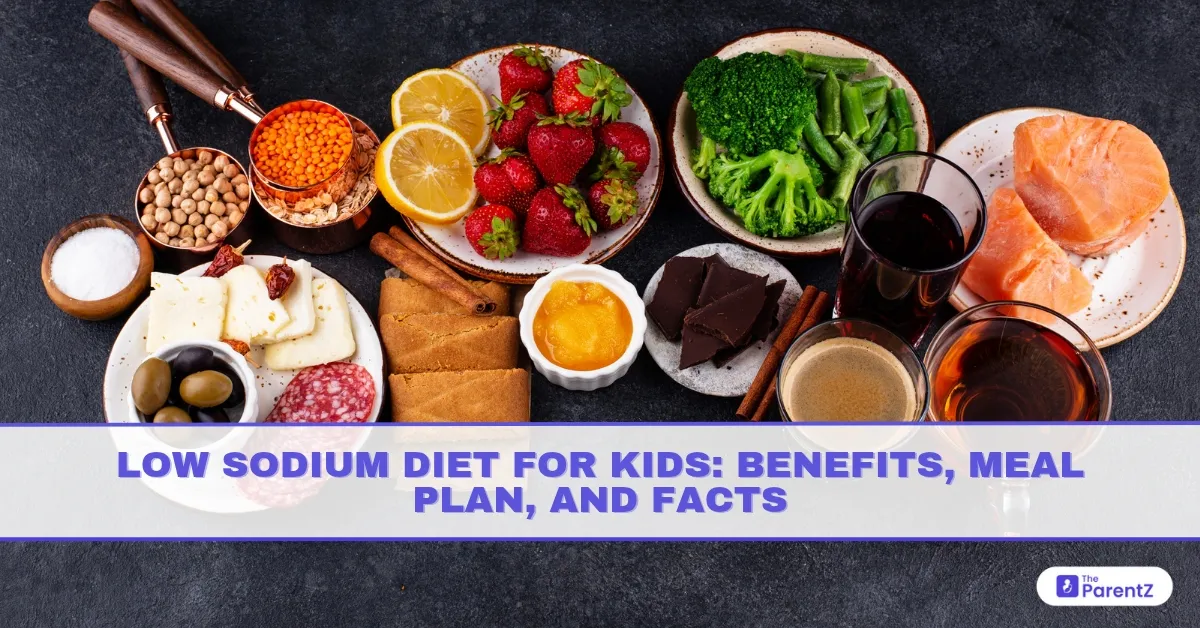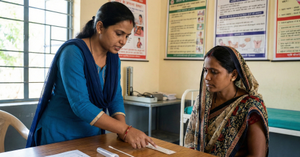The truth is, while a sprinkle of salt is essential for nerve and muscle function, most children today consume far more than they actually need. In fact, the American Heart Association suggests that children aged 2 to 19 consume nearly 3,300 milligrams of sodium daily — when the recommended limit is just 1,500 to 2,300 milligrams.
Read below this article to explore why a low-sodium diet could be the healthiest gift you give your little one.
Importance of Cutting Back On Sodium For Kids
The real issue is— kids’ bodies are small, but the portion sizes and salty processed snacks they consume are often designed for adult appetites. High sodium intake isn’t just about water retention or feeling bloated; it’s closely tied to increased blood pressure, even in children. And while hypertension used to be an adult problem, pediatricians are now raising alarms about more and more kids being diagnosed with early signs of high blood pressure.
A diet consistently heavy in sodium also increases the risk of heart disease later in life. The kidneys of young children are still developing, and an overload of sodium can strain these vital organs, setting the stage for future health complications. Fortunately, lowering sodium intake early on not only helps prevent these risks but also shapes healthy eating habits that stick well into adulthood.
Health Benefits of a Low Sodium Diet for Kids
One of the biggest perks of a low-sodium diet is heart health — even at a young age. Studies show that reducing salt intake can lower blood pressure in children, reducing the risk of heart strain before the damage even begins. Think of it as preventive maintenance for the engine that runs their entire body.
Another less obvious benefit is bone strength. Excessive sodium causes the body to lose calcium through urine, which can weaken growing bones over time. A balanced, low-sodium diet supports both strong bones and healthy muscles. It also makes it easier to maintain a healthy weight since most high-sodium foods — like chips, instant noodles, and packaged frozen meals — are often high in calories but low in real nutrition.
Moreover, kids raised on lower-salt foods tend to develop a natural preference for milder, less salty flavors, which sets the stage for healthier food choices down the road.
Simple Low Sodium Meal Plan for Kids
Creating a kid-friendly, low-sodium meal plan isn’t about eliminating all salt, but about swapping processed foods for fresh, wholesome alternatives. Here’s a sample day:
Breakfast: Oatmeal made with milk, topped with fresh bananas and a sprinkle of cinnamon. Avoid instant flavored oatmeal packs, which can be surprisingly salty.
Snack: Sliced apple with unsalted peanut butter or a handful of unsalted nuts.
Lunch: Grilled chicken strips with steamed veggies like carrots and beans, paired with brown rice seasoned with herbs rather than salt.
Snack: Homemade yogurt topped with blueberries and chia seeds.
Dinner: Baked fish or tofu with roasted sweet potatoes and a side salad drizzled with olive oil and lemon — no bottled dressings, as they often hide high sodium levels.
This kind of menu keeps your child satisfied without relying on excess sodium, and introduces their taste buds to real, unmasked food flavors.
Surprising Sodium Facts Every Parent Should Know
Here’s the fact: even foods you wouldn’t label as “salty” can pack more sodium than you expect. For example, one slice of store-bought bread can contain anywhere from 120 to 230 milligrams of sodium. A serving of breakfast cereal? Around 200 milligrams. And one slice of processed cheese can add another 250 milligrams.
In fact, about 70 to 80 percent of the sodium in a child’s diet doesn’t come from the salt shaker, but from pre-packaged and restaurant foods. So, cutting back isn’t about cooking bland, flavorless meals — it’s about being smart with the products you bring into your home.
Conclusion
Raising a healthy eater is one of parenting’s greatest acts of love — and a low-sodium diet is a quiet but powerful part of that journey. Beyond just cutting back on salt, it’s about teaching kids to appreciate food for its true taste and fueling their growing bodies in ways that will pay off for decades to come.








Be the first one to comment on this story.